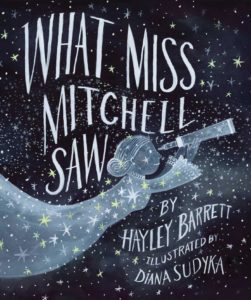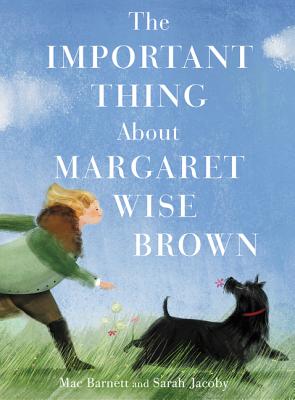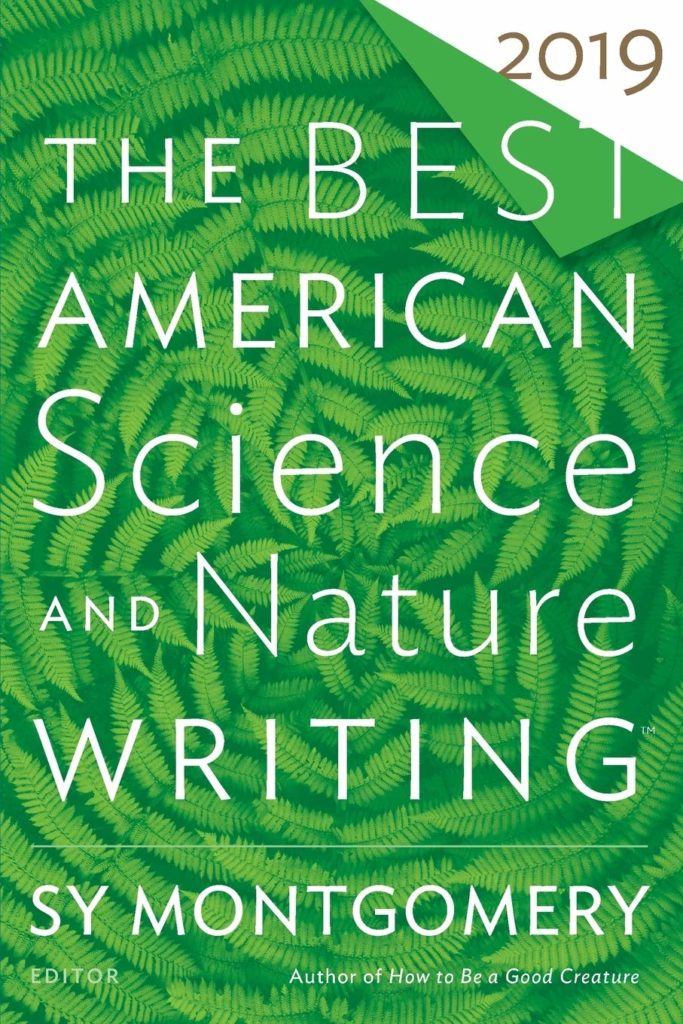“No good book is loved by everyone,
and any good book is bound to bother somebody.”
~ Mac Barnett
Even if you don’t recognize the name Margaret Wise Brown, you’re likely to have read some of her books. The Runaway Bunny, Bumblebugs and Elephants, The Little Fireman, Goodnight Moon, among so many others. Hers are classics of childhood reading, even today, and I know I’m not the only mother of grown children who can still recite them rote. (And every now and then, does.)
Mac Barnett’s biography of Brown is unusual, deeply literary, and spellbinding. I cannot get enough of it. And while often such books are criticized as being inaccessible to children, I believe my kids would have adored this book. Would they have appreciated the metaphor that turns a single life into a single book? Would they have grasped, when they were small, the dangers of a gatekeeper? Maybe not. But they would have understood being misunderstood. They would have felt the joyful zaniness of buying an entire cart of flowers or bringing ducks into a place for no reason at all. They wanted desperately to know more about things they knew were frowned upon, like swimming naked in an ocean, or borrowing the fur from a dead rabbit. I think they’d have peered into the life of the woman behind books in their very own bedrooms and felt satisfied.
I cannot express how much I admire this book. I’m going to read it aloud to my kids, adults though they may be, when they’re home for the holidays. I’m not kidding. Because the important thing about me is that I share the stories that move me most. I’m grateful to Mac Barnett, Sarah Jacoby, and Margaret Wise Brown for this beautiful reminder of that.




